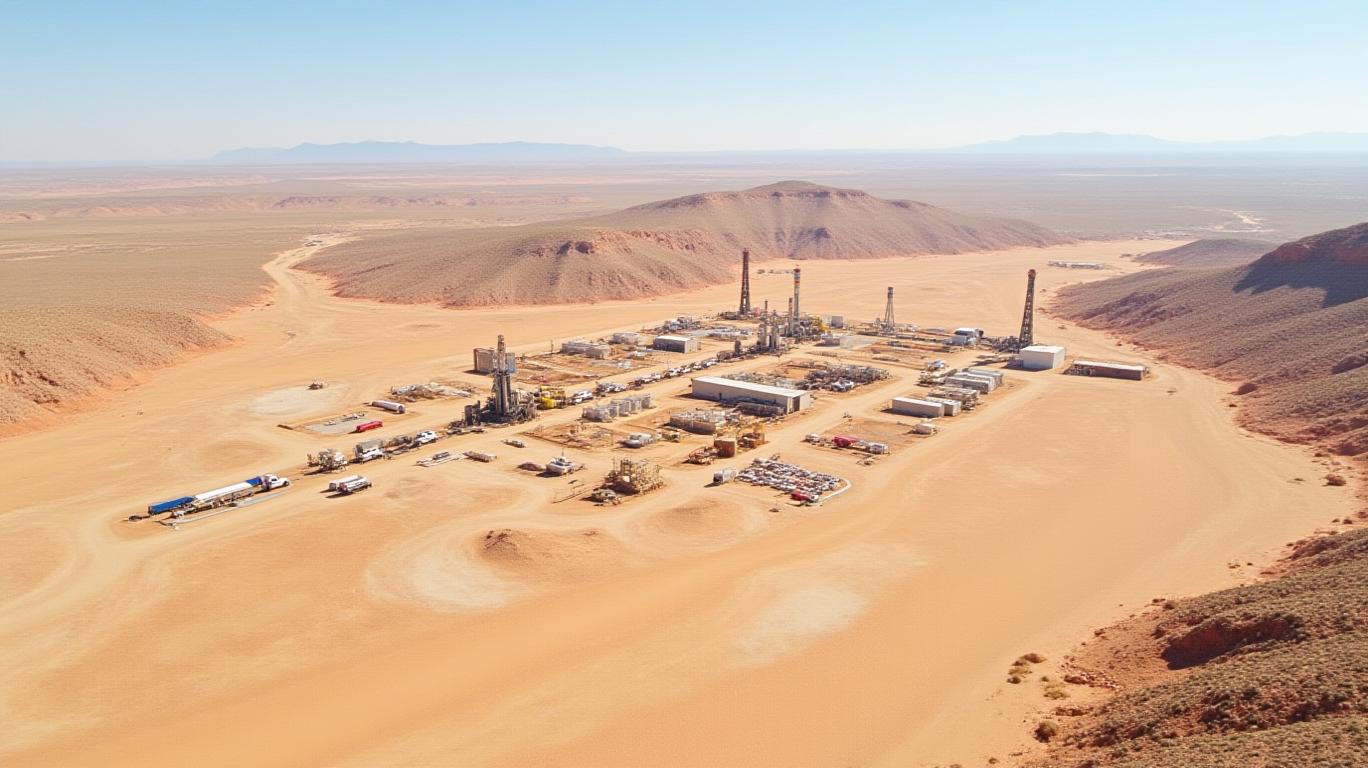Altisource Portfolio’s Warrant Listing: A Strategic Move to Unlock Liquidity and Capital Flexibility
The upcoming listing of Altisource Portfolio Solutions’ (NASDAQ: ASPS) warrants on Nasdaq marks a pivotal moment for the financial services provider, offering investors a nuanced instrument to engage with its equity story. With trading commencing on May 7, 2025, the dual-class warrants—Cash Exercise Stakeholder Warrants (ASPSZ) and Net Settle Stakeholder Warrants (ASPSW)—introduce a layered opportunity tied to the company’s stock performance. This move not only enhances liquidity for existing warrant holders but also underscores Altisource’s strategic calculus in balancing capital flexibility with risk mitigation.

Understanding the Warrant Structure
The warrants, distributed to shareholders on April 3, 2025, grant holders the right to purchase 1.625 shares of ASPS common stock at an aggregate exercise price of $1.95 per warrant, equivalent to $1.20 per share. Two critical triggers determine when warrants can be exercised:
1. Time-based: After July 2, 2025.
2. Price-based: When the stock’s volume-weighted average price (VWAP) reaches or exceeds $1.20 for 15 consecutive trading days.
The latter condition ensures exercisability only if the stock demonstrates sustained performance, aligning investor and company interests. The Net Settle Warrants (ASPSW), expiring in April 2032, offer a longer time horizon than the Cash Exercise Warrants (ASPSZ), which expire in April 2029. This bifurcated structure caters to both near-term opportunists and long-term investors, while the prohibition on fractional shares adds a layer of practicality for settlement.
Strategic Implications for Altisource
The listing addresses a key liquidity gap for warrant holders, who previously had no secondary market to trade their instruments. By enabling public trading, Altisource avoids dilution until the warrants are exercised—a critical advantage for a company focused on capital preservation. The $1.20 VWAP trigger, set below current market levels (as of May 6, 2025, ASPS trades at $1.15), signals confidence in near-term price appreciation while maintaining a safety net for shareholders.
This approach mirrors broader trends in corporate finance, where companies use warrants and convertible instruments to defer equity dilution until favorable conditions. For instance,
Risks and Considerations for Investors
While the warrants offer upside potential, their value hinges on ASPS’s stock surpassing the VWAP threshold. Should the price languish below $1.20 for prolonged periods, the instruments risk becoming worthless by their respective expirations. The 15-day VWAP requirement further complicates execution, as it demands sustained momentum rather than a single spike.
Investors must also weigh the settlement mechanics:
- ASPSZ holders must pay cash to exercise, requiring liquidity.
- ASPSW holders can settle via a cashless exchange, which may appeal to investors with limited cash reserves.
Moreover, the rounding-down of fractional shares upon exercise reduces potential gains slightly—a minor but material detail for large holders.
Market Context and Historical Precedents
Warrants are inherently speculative, but their inclusion in Altisource’s capital stack reflects a deliberate strategy to engage shareholders without immediate dilution. Companies like Tesla and Rivian have used similar instruments to secure capital during growth phases, though their success often hinges on execution. For Altisource, the $1.20 strike price is strategically low, offering a clearer path to exercisability than higher-priced alternatives.
could reveal whether the stock has ever approached this threshold, though the data as of May 2025 suggests it has not. This underscores the need for Altisource to deliver operational improvements or external catalysts (e.g., M&A, cost-cutting) to push the stock higher.
Conclusion: A Calculated Gamble with Clear Parameters
Altisource’s warrant listing is a shrewd move to unlock liquidity while retaining control over its capital structure. The dual triggers—time and VWAP—balance investor incentives with risk mitigation, ensuring value accrues only if the stock performs. For bulls, the $1.20 strike price represents a compelling entry point, especially given the extended expiration dates (up to 2032) for ASPSW holders.
However, the path to payoff is narrow. The stock must not only reach $1.20 but also sustain it for two weeks—a feat that demands more than optimism. Investors should pair this analysis with Altisource’s fundamentals, including its debt levels and revenue streams, to assess the likelihood of the stock’s ascent.
In sum, the warrants offer a defined, albeit risky, lever to bet on Altisource’s turnaround. For those willing to stomach the volatility, they represent a structured opportunity—one that aligns with the company’s stated goal of creating shareholder value through disciplined capital management. The rest, as always, will depend on execution.


_442a2dcc1749832873286.jpeg)
_e68fac6d1749831664430.jpeg)






